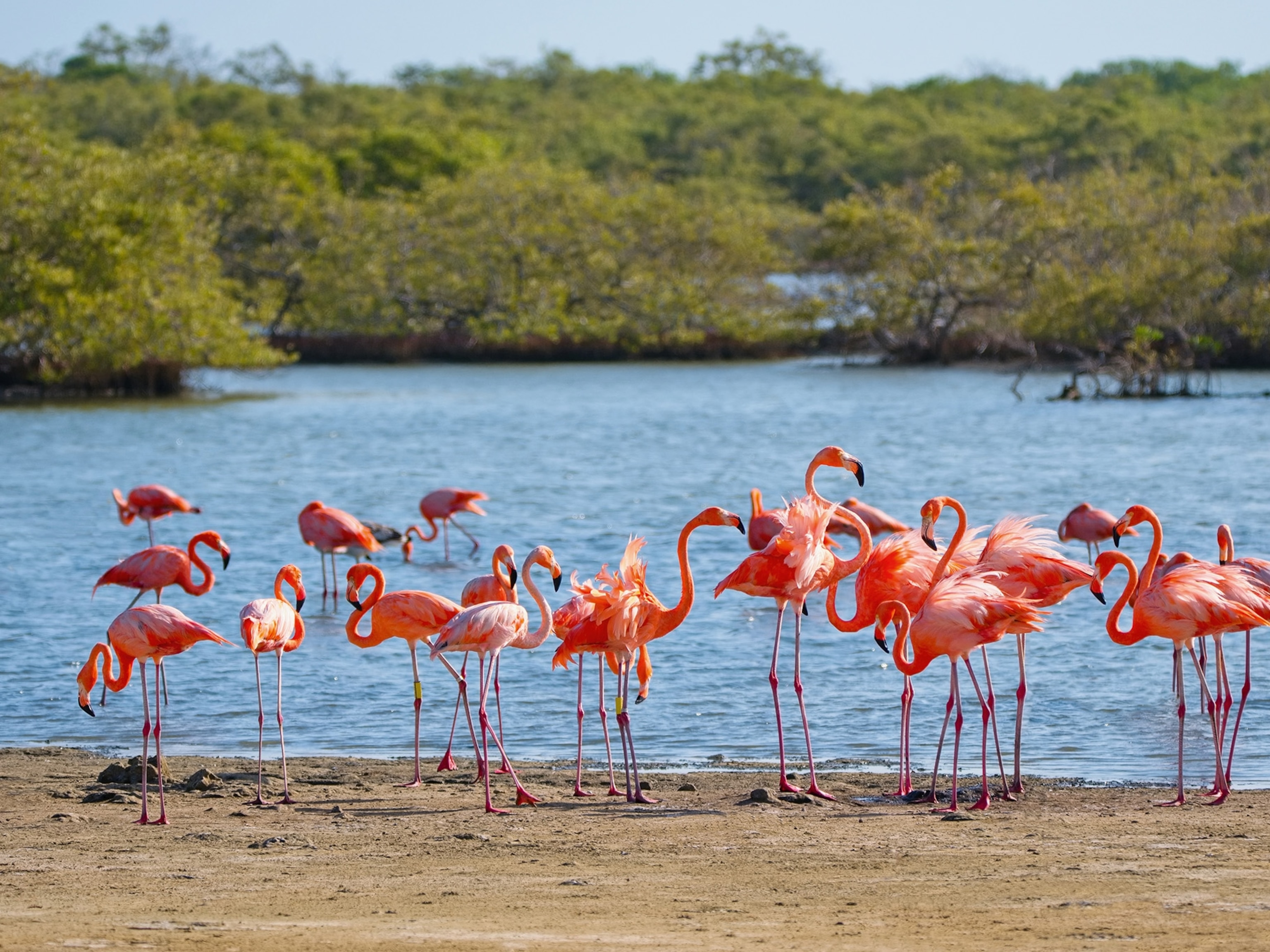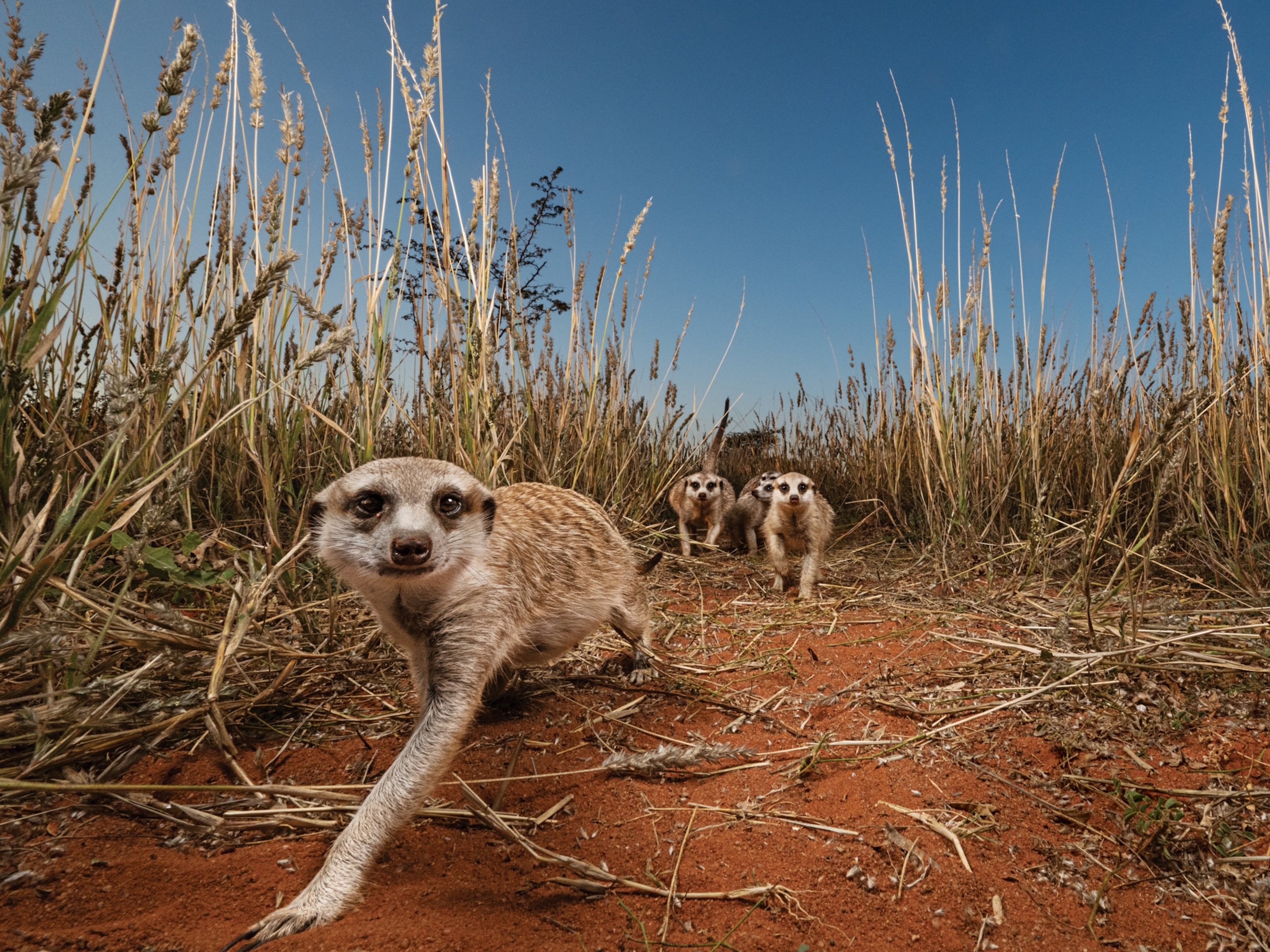Watch a Wildcat Attack a Parrot in Rare Video
Tourists were in for a shock when they saw a wildcat catch a parrot during a birdwatching trip.
Macaws are not typically on the menu for ocelots—until the opportunity presents itself.
During a recent birdwatching trip in Peru's Tambo Blanquillo private wildlife reserve, tourists were stunned to see the wildcat grab a red-and-green macaw and carry off its prize, still vigorously flapping its wings, into the forest.
Stefano Raffo, the reserve's business manager, says it's unusual to see predators in the act of catching prey. And on top of that, “it is really rare to catch it on camera.”
Red-and-green macaws flock to this part of southeastern Peru because of the clay-rich riverbanks—and tourists follow, eager to see the beautiful birds in the wild. This species, widespread throughout South America, is not endangered.
“The macaws and many parrot species go to the clay walls and feed directly on the clay," says Eduardo Iñigo-Elias, an ornithologist at the Cornell Lab of Ornithology in Ithaca, New York. (See "Rare Ocelot Kittens Caught on Camera.")
"The clay works like having an Alka-Seltzer—it helps them get rid of some of the toxins of the fruits and seeds they are feeding on.”
Not only that, but eating clay—a phenomenon called geophagy—provides the birds with needed salt, along with balancing their pH.
But congregating on exposed riverbanks can be dangerous—it puts the birds at higher risk of predators.
“The jaguars and ocelots wait until the macaws come down to the clay. If they get lucky, they will catch one,” says Raffo. (Read about the death of the world's last Spix's macaw in the wild.)
For that reason, red-and-green macaws are typically shy and cautious birds, Raffo says, and don't often get caught.
“It was a lucky ocelot," says Iñigo-Elias, "and a silly macaw."





